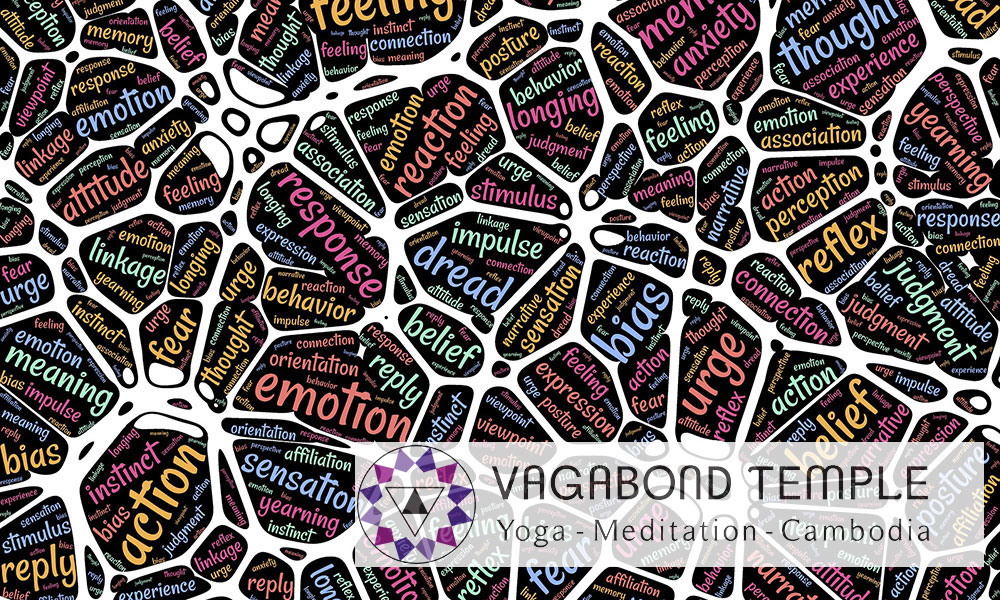Mind Attack! 4 Tips For Staying Focused In Meditation

Anybody who has attempted meditation will know how difficult it can be. What seems like a simple practice, keeping the mind focused on single object, can seem almost impossible as an endless stream of thoughts and emotions pull for our attention. With practice, the mind WILL learn to prefer the peaceful stillness to the endless internal soap-opera so it is well worth the effort. This article gives a four-step procedure for dealing with any distracting thoughts and emotions that may pop up during a meditation practice. In most situations steps (1) or (2) will be enough, but if the disturbance persists then two further steps are given.
1) Recognise it
To start with this may not always be easy, as we have a tendency to almost automatically react. However, with practice we will become more aware. By simply noticing when a thought comes up, it will start to lose its power over us. When you start watching the mind closely, even a challenging experience can become an enjoyable method of self-discovery.
2) Accept it
Here we practice softness and non-judgement. If we try and change an experience or think, “I should not be feeling this!” we end up in a fight with our mind which makes the problem worse. Acceptance also comes with the knowledge that whatever we are feeling is temporary and will pass with time. Acceptance is not the same as giving up: it does not mean that we do not aspire to change and overcome obstacles, in fact it is the part of the means by which we will overcome them! It is OK to be honest: we do not need to downplay or exaggerate whatever comes up, which there is sometimes a tendency to do.
3) Investigate
Most of the time, steps 1 and 2 will be enough, however sometimes with highly emotionally charged thoughts, they tend to get stuck in our minds. In these cases, call on your curiosity and investigate the story that is running through your mind. You can try and think of it as like a bad soap opera: predictable but addictive! You may be surprised that what seems like the most important and dramatic story you could imagine is just the same 10 or so thoughts going around in a circle. Another technique for investigation is to try and feel the sensation in your body; for example, many experience anger and anxiety as a tightness in the chest. By focusing on the bodily sensation in a soft, non-judgemental, way you can prevent your mind from running in those pointless soap-opera circles.
4) Non-Identification
You have thoughts and emotions, you have a body – but the spiritual path teaches us that these are not what we really are. This is a subtle, yet somewhat mind-blowing concept to grasp, but it can be practiced simply by noting what comes up in an impersonal way. So rather than “I am feeling restless”, we note “there is restlessness”. This type of detached awareness is a powerful way to stop the hindrances kicking us out of the moment – rather than being carried off by stories, we are simply present, watching whatever our minds bring up.
Detach From Drama
The above four steps give a simple and non-dramatic way of dealing with whatever the mind brings up, and they can be applied to everyday life as well as to meditation. Our minds often seem to demand to be taken seriously, causing us to react with panic, strong judgements or automatic action. By practising this detached awareness in a soft and non-judgemental manner we remove the drama from the situation which makes it so much easier to remain present.



